At a CEPA-hosted briefing on Arctic security, Minna Ålander, a Senior Fellow specialising in Arctic and Nordic defence, highlighted a vital yet often overlooked challenge facing NATO allies: basic survival skills in Arctic environments.
Her insights underscored the unique demands of operating in one of the harshest regions on Earth.
“We have troops, but do they know how to survive in the Arctic and not just die off from the climatic conditions before they even get to combat?” Ålander asked, bringing the conversation back to fundamentals.
“This is one actually non-trivial question, and even the US does not fully necessarily have what it takes in terms of that basic training of troops and how you conduct normal operations under these specific circumstances.”
Her comments reflected a renewed focus on Arctic survival and readiness, particularly as NATO expands its presence in the region following the accession of Finland and Sweden.
CEPA Report on Arctic Security
A recent report from the Center for European Policy Analysis (CEPA), titled Up North: Confronting Arctic Insecurity – Implications for the United States and NATO, explores the rapidly evolving security landscape in the Arctic. The study highlights challenges posed by Russia’s increased military operations and the broader implications of strategic competition, climate change, and critical domain awareness gaps.
“Regional stability is highly contingent upon successful Arctic-specific deterrence against existing regional threats. A carefully crafted regional presence will help the US and its six allies create appropriate deterrence.” https://t.co/weZIhyx8Y0
— CEPA (@cepa) December 8, 2024
Key insights from the report include:
- Russia’s growing use of low-intensity warfare tactics, including air incursions, GPS jamming, electronic warfare, and subsea activities targeting critical infrastructure.
- Risks of miscalculation or unintended escalation at Arctic choke points.
- Persistent gaps in allied domain awareness, compounded by overlapping command structures.
- The need for a unified NATO approach to Arctic security, bolstered by Finland’s and Sweden’s recent accession to the alliance.
- Recommendations for an Arctic Military Code of Conduct and increased use of emerging technologies like uncrewed systems and space-based assets to improve deterrence and defence.
The report emphasises the importance of creating a predictable and transparent security framework tailored to Arctic conditions.
For the full report, visit CEPA’s official page here.
While some allies possess experience in cold-weather operations, Ålander stressed that such expertise is not evenly distributed across the alliance.
“Not all NATO allies have the capabilities that are needed and that work in the Arctic environment and climate,” she explained. For nations unfamiliar with such conditions, even seemingly mundane details can prove critical. “It has very specific requirements on simple things like battery life when it’s very cold, sustainment, and basing,” she added. Without these considerations, Ålander cautioned, expeditionary forces risk severe setbacks, including casualties caused by the environment rather than combat.
Ålander also emphasised the importance of tailored training and collaboration. “This is why, for example, in Finland, there’s a clear view with a difference between peacetime and wartime in terms of NATO operations,” she noted. Only a select few NATO allies, including Finland, the UK, and the US, currently maintain the necessary capabilities to operate effectively in Arctic conditions.
While not every NATO member needs to develop Arctic-specific capabilities, Ålander called for greater coordination and specialisation. “Spain doesn’t have to develop some kind of Arctic warfare capability because that’s not necessarily their role,” she said. Instead, allies with established Arctic expertise must focus on readiness exercises and knowledge-sharing.
“It really starts with the basics in the Arctic,” Ålander concluded. “This is incredibly important. It requires a lot of exercising, which is why Finland has heavily focused precisely on the exercising part.”
Her remarks underscored that the Arctic’s challenges extend beyond advanced technology and strategic frameworks. Without foundational skills, even the most advanced military forces may find themselves unprepared for the region’s unforgiving conditions.


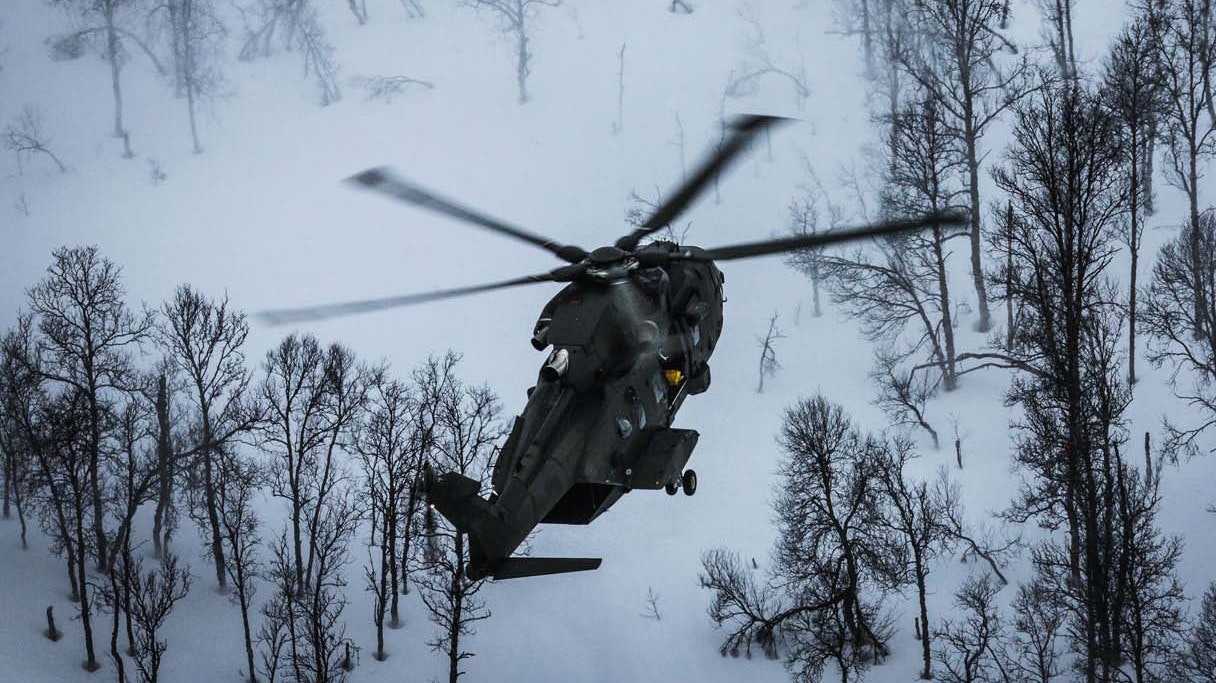
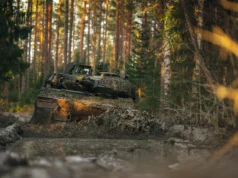


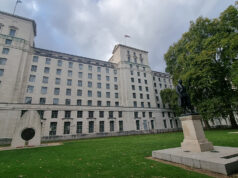


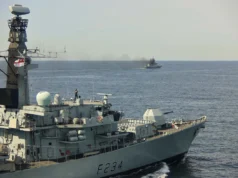

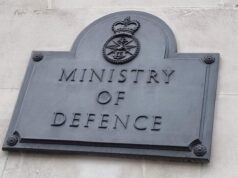


Side note;
A lot of people talk about re-organising our forces to fight in the North (as if somehow Tanks and Mechanised Forces would no longer be relevant in Sweden or Finland, the days of trying to hold Norwegian Fjords in a NATO v Russia scenario are gone), but probably the biggest thing we should do is open up A LOT more AWIC student slots for the Army.
It’s absolutely pointless keeping that a RM game when the RM A) only provide us with two Battalions at most, and B) one of those Battalions is focused out of area.
I agree. I’d have 4 Bde take the role, with 45 Cdo in the Bde to seed expertise.
Add 29 and 24 who also have arctic trained elements and it’s a start.
Only if 4 Brigade gets vehicles.
Tabbing works in Norway where the terrain is very rugged and Fjords aren’t very big.
You need wheels, and tracks (and skis) in the tundra and taiga where the terrain is much more open and distances are much greater.
Thanks. I understand that a PPV is indeed desired for 4 Bde. Don’t know how many BV206 are left. Embed the Vikings of RM ASG too?
I will never forgive that Bootneck Sgt who made me plunge into a freezing pool of water in Norway. The sadistic pleasure on his face still haunts me decades on. Did it teach me and others anything? Yes, north of the Arctic Circle is very cold and you should never trust a Bootneck.
Lost. Seems a think tank has issued a report that states NATO assets do not have the skills and drills to do Arctic warfare and acknowledges that countries roles to do Arctic warfare do have the skills and drills.
However, do enough formations across air, sea and land have the skill set is a question not answered by the brief post by George.
Do we need more Royal? Always.
Do we need more Royal roled for Arctic warfare? Absolutely.
I understand 45 are the main element now.
Them, M&AWC, and SF.
I’ve seen other parts of 3 Bde, CHF, and some of RAF SHF, TSW, and such on exercise in Norway but doubt they have the skills 45, M&AWC, and SF Mtn Troops do.
With the support elements it depends on what role they have and if they are expected to operate outside of the MOB. I know for the RAF, that their helicopter squadron personnel, along with TSW had to do a 2 week artic survival course. This was a survive to fight type course that taught environmental survival skills. How to drive in the snow and ice, navigation exercises, what to do when lost in a blizzard, how to build shelters, light fires, do meals, cross country skiing, as well as the dreaded ice drills etc. I don’t think the RAF’s fixed wing personnel did the same level of survival course as the rotary guys. As they weren’t expected to go out in the sticks. However, for elements that were directly embedded with the RM, they had to do the full course. Which was the survival skills plus infantry training. The RAF’s rotary guys since Aghan are now doing more infantry training, which is more small squad routines and force protection. Never saw the RAF Regt in Norway with the rotary guys, when I was doing my training though!.
Thank you. It is at least something.
The Nordic, Fins, Canadians & Alaskans inhabit these cold places & operate equipment, facilities & vehicles etc….When not working hard doing their regular jobs, these women & men hunt, fish, build and play outside in the wilderness. Many in AL are bush plane pilots & skidoo riders. This pool of talent should not be ignored. Most ski & shoot better than the average bootneck who has is a Novice or just completed their first Winter, in the Arctic. Alot of Cdo, hype regarding ability of average Brit units.
The Nordic, Fins, Canadians & Alaskans inhabit these cold places & operate equipment, facilities & vehicles etc….When not working hard doing their regular jobs, these women & men hunt, fish, build and play outside in the wilderness. Many in AL are bush plane pilots & skidoo riders. This pool of talent should not be ignored. Most ski & shoot better than the average bootneck who has is a Novice or just completed their first Winter, in the Arctic. Alot of Cdo, hype regarding ability of average Brit units.
Have you seen the Norwegians on exercise? I have no worries about their capabilities. Read up on some of the incredible WWII accounts of sub zero survival too. But yes, countries with close geographical links should be training along side of them.
I served with AMF(L) in the 1970s where the UK contingent was an Infantry Battalion with full support units. Training in Arctic Warfare was carried out each year in Norway along with full troop exercises in northern Norway. The Battalion was in role for 2 years and then reverted to normal duties. This meant that over the life of AMF(L) most Infantry units had knowledge of arctic warfare which could be called upon in the event of mobilisation. Had this continued we would be in a better position now